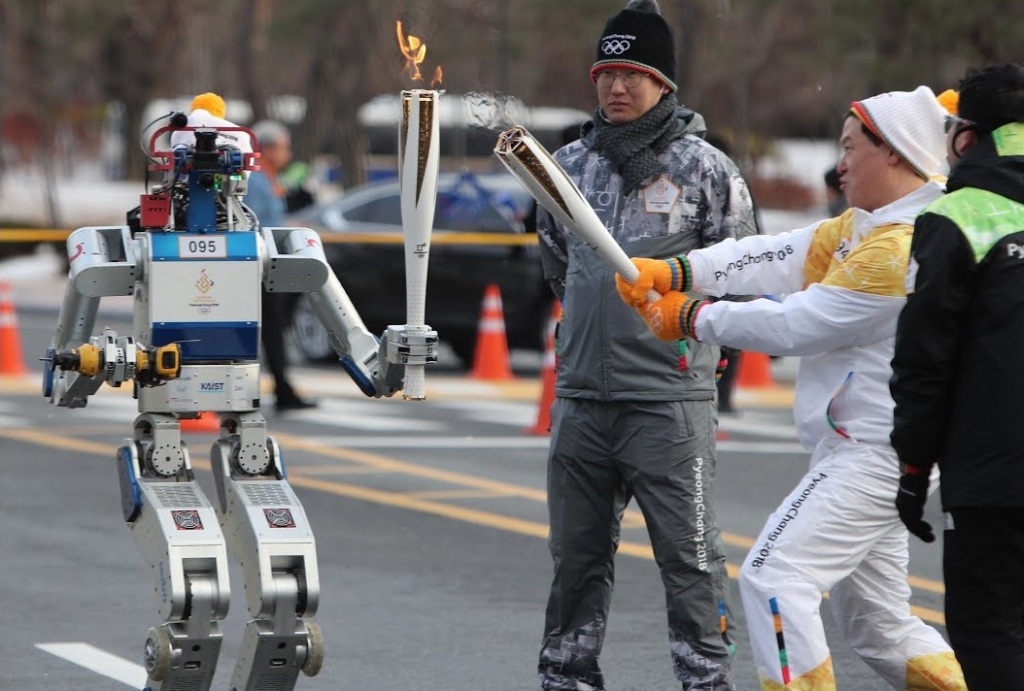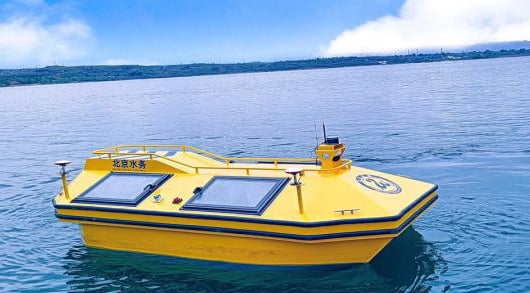The Winter Games are 100 days off. The massive Wukesong Arena is getting ready to host the ice hockey events for February’s Beijing Winter Olympics 2022 (February 4 to 20). For 16 days, over 30 robots will be deployed to help keep the players, staff, and thousands offans safe from COVID.

Shenzhen-based Kangfeng Air Purification Technology Company’s large mobile air purifiers will support the Beijing Olympic Games.
Additionally, mobile robots will be used to sanitize the air by spraying a disinfecting fog capable of treating 387 square feet with each spray; and carries enough disinfectant to cover 10,000 square feet with each deployment.

Another robot named Little White, is equipped with facial recognition sensors that will scan the venue for fans not wearing a mask and remind them to do so.
One of most important water sources for the Beijing Olympics is Guanting Reservoir (built in 1951), located about 65 miles from Beijing. Without a secure water supply, it would be impossible to carry on the Games’ two-week program. So early on, Hefei Institutes of Physical Science (HFIPS) has had its unmanned surface vehicle monitoring the reservoir’s water quality.

As the 2022 Beijing Olympic Winter Games approach (February 2022), it’s urgent to secure the water quality of The Guanting Reservoir, one of the water resources critical for the Games.
“We have been working on this project for more than three years,” said Dr. Yu Daoyang. “The existing surface water monitoring system in China is mainly online monitoring and manual sampling for laboratory analysis.”
The new control technology is precise and fast, especially as it is 5G enabled, and ensures rapid, in-situ and online monitoring for the unmanned vessel, even in complex environments.
Made of high-quality stainless steel to prevent corrosion, the autonomous surface vessel is about 4 meters long by 2 meters, is battery powered and can operate for more than eight hours.
“This is the largest unmanned, water-quality monitoring surface vessel in China, ” Dr. YU explained, “with the most complete functions and advanced intelligent software.”